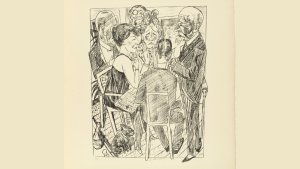This paper critically analyzes voting patterns in the 2016 U.S. presidential election.
Using survey data from the American National Election Survey and aggregate data on Congressional districts, it assesses the roles that economic and social factors played in Donald J. Trump’s “Populist” candidacy. It shows the hollowness of claims that economic issues played little or no role in the campaign and that social factors such as race or gender suffice to explain the outcome. While agreeing that racial resentment and sexism were important influences, the paper shows how various economic considerations helped Trump win the Republican primary and then led significant blocs of voters to shift from supporting Democrats or abstaining in 2012 to vote for him. It also presents striking evidence of the importance of political money and Senators’ “reverse coattails” in the dramatic final result.









